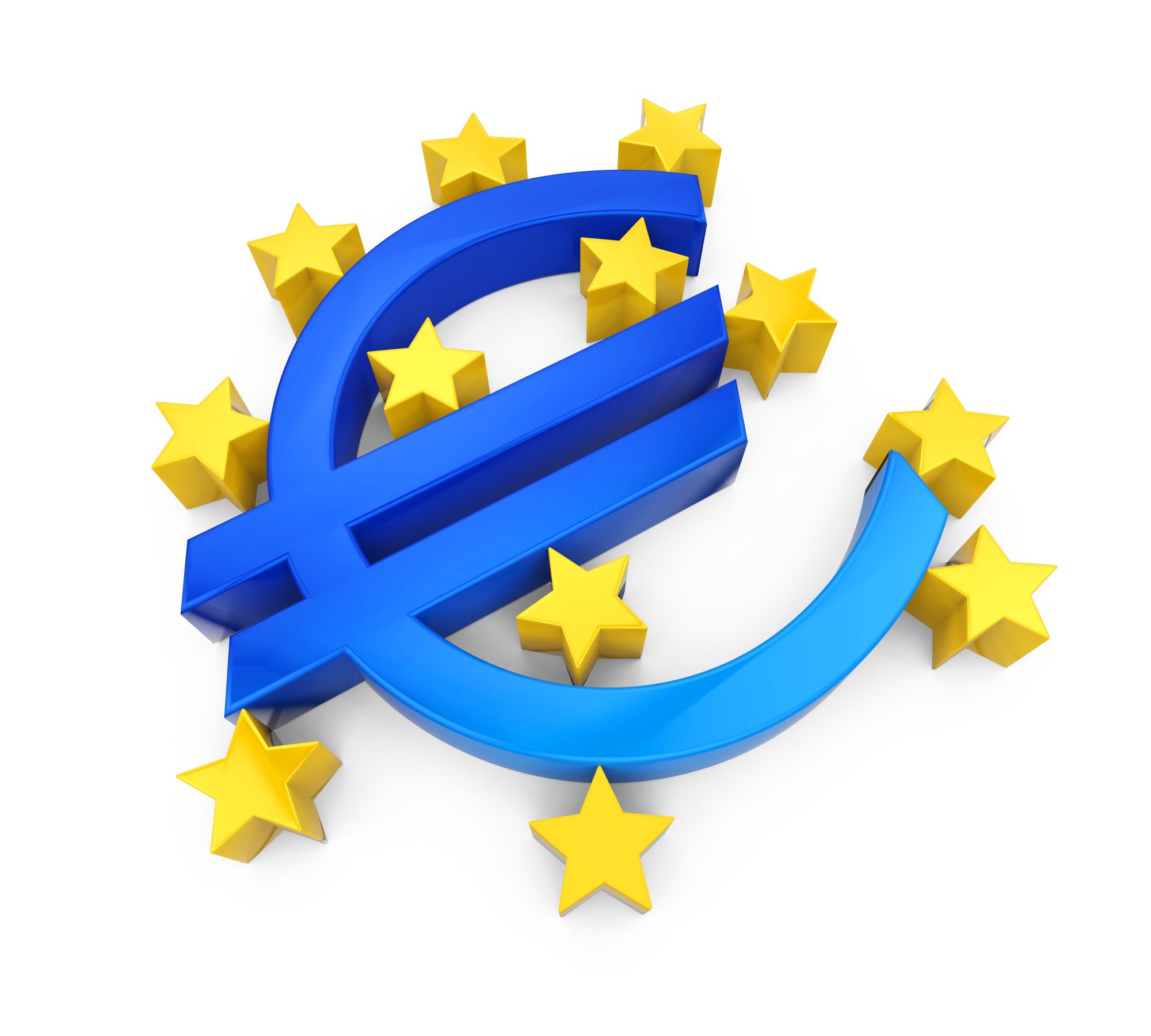With calculations suggesting that the financial system is effectively funding temperature increases of over three degrees centigrade, how can central banks promote the greening of finance?
It has been estimated that if global warming is to be limited to 1.5 degrees, global emissions will need to reach net- zero by 2050. A key objective of the Paris Agreement was to make financial flows consistent with a pathway towards low carbon emissions, but financial flows are not on that path at all.
Despite decades of concerted efforts to promote the greening of finance by the sector itself as well as by governments and international organizations, there has been only modest progress.
Sustainability: the greening of finance
Against this background, central banks are increasingly called upon to take an active role in greening our financial systems. By deploying monetary policy to create relative incentives that favor ownership of ‘green’ over ‘dirty’ assets, central banks could influence the investment decisions of private financial institutions, which in turn would create incentives towards green technology adoption and development of lower carbon-emission business models.
Historically, central banks have often intervened at large scale in societal crises, financing wars or economic development efforts at a scale comparable towhat is required to address climate change mitigation.
While most central banks remain reluctant to engage proactively, there is little doubt that policy that promotes the greening of finance will be an essential element of climate change mitigation efforts across the world going forward.
The European Central Bank, under the leadership of Christine Lagarde, announced its first green monetary policy in July and others are likely to follow.
Research on deploying monetary policy and financial regulation in ways that may spur a greening of finance has increased dramatically over the past five to six years. In work published this summer, I undertook an assessment of a wide range of green monetary policy options, based on an institutionalist approach to monetary economics. This assessment identified one monetary policy instrument as particularly important, on account of its systemic impact on the financial system.
Central banks and haircuts
When central banks lend money to financial institutions (mainly banks) they do so against collateral – and never at the full market value of the assets pledged as collateral. The central bank always takes a haircut: a bank that has pledged 100 million euros worth of corporate bonds for instance, will only get 95 million euros in central bank money if the haircut is set at 5 per cent. The original rationale of insisting on collateral and subjecting these to haircuts is to protect the central bank balance sheet against losses if some of its counterparties in credit operations were to default and not be able to repay the loan. In such cases, the central bank could recoup its money by selling the asset at a value above the credit given.
The haircuts that central banks demand from its counterparties differ depending on the assets pledged. For instance, the haircut is higher for a corporate bond than for a government bond, because the latter generally are stable and safe in terms of the market value. Central banks have an elaborate rulebook for their haircuts, often labelled its collateral framework.
From the perspective of climate change mitigation, the collateral frameworks of central banks are interesting because haircuts can be differentiated in ways that give strong incentives for financial institutions to get engaged in financing green assets and for disengaging with carbon-intensive companies. In brief, a corporate bond from a renewable energy company could be given a much lower haircut than a corporate bond for a fossil-fuel company, for instance.
The haircuts of central banks have a direct and substantial impact on the price and liquidity of assets used as collateral in their credit operations, and hence an environmental differentiation of haircuts – favoring green assets and penalizing dirty assets – will have profound effects on incentives in the financial sector.
Importantly, the impact of environmentally differentiated central bank haircuts would go far beyond relations between banks and central banks. Financial institutions do a lot of credit intermediation independent of central banks, directly with one another, and in such interactions where assets are exchanged for cash, financial institutions themselves also apply haircuts. And while these operations are separate from the central banks, the haircuts charged by financial institutions are heavily influenced by the haircuts charged by central banks.
To differentiate haircuts according to environmental criteria – reducing them for green assets and increasing them for dirty assets – is as simple as it gets. There is little more involved than communicating differentiated haircuts for different asset categories according to the different environmental profiles of the assets.
“Despite decades of concerted efforts to promote the greening of finance by the sector itself as well as by governments and international organizations, there has been only modest progress.”
Ensuring and promoting environmentally sustainable economic activities
There is one caveat, however: assets don’t travel with ready-made declarations of their degree of ‘greennees’ or ‘dirtiness’, respectively. Some categorization needs to be deployed and for this there are huge data challenges involved.In this area, the EU has an important advantage. The EU has invested an enormous amount of work in developing a classification system, known as the EU taxonomy, establishing a list of environmentally sustainable economic activities. In my research, I describe how the EU Taxonomy may be deployed in a relatively straightforward way to create three categories of assets, green, grey and dirty, that can be the basis of environmentally differentiated haircuts of central banks.
When the ECB launched its green monetary policy in July, differentiation of haircuts in accordance with climate change-related risks were mentioned as part of the package. To this date, there are no details, however, on how the ECB envisages its haircuts to be revised. And the devil is in the detail, of course. Will the ECBs new haircuts fundamentally change incentives in the financial sector and accelerate the greening of financial systems? Or will the proposed changes to the ECBs collateral framework be too marginal and too small to have a systemic impact on finance?
Only time can tell. The ECB is expected to publish its haircut changes anytime now. If they fall short of their potential, scholars and NGOs must call it – and call for more.
Suggested readings:
1. Dafermos, Y., Gabor, D., Nikolaidi, M. and van Lerven, F. (2022). “Greening collateral frameworks”. INSPIRE Policy Briefing Paper 07. Centre for Sustainable Finance, SOAS. London.
2. Vestergaard, J. (2022). “Monetary policy for the climate? A Money View perspective on green central banking”. Institute for New Economic Thinking, Working Paper 188. New York.

This work is licensed under Creative Commons Attribution-NonCommercial-NoDerivatives 4.0 International.


